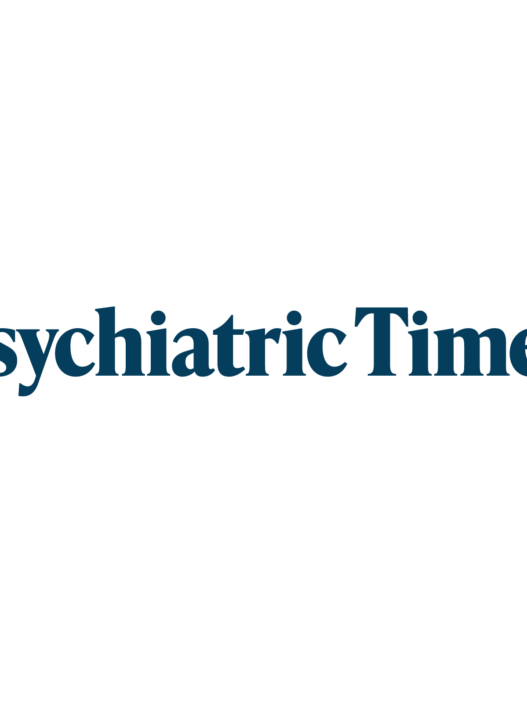
PSYCHIATRIC VIEWS ON THE DAILY NEWS
It appears like our country had 2 different kinds of rallies on Saturday: the “No Kings” protests and President Trump’s Military Parade in honor of the army (and his birthday). Clearly, the “No Kings” rallies had many more participants across the country, estimates generally suggested about 5 million. But beyond the positive sense of solidarity and doing something, does numbers of protestors mean they were more effective?
In psychiatric care, we have major challenges in assessing the outcomes of our care. The more complex the treatment, the bigger the challenge of isolating important variables. Comparing systems of care is even harder. Often it is impossible to do a double-blind study of systems like what is done with medications.
I once led an academic not-for-profit managed mental health care system that attempted to do so, with the tentative results suggesting better outcomes than the public sector was doing with usual care of the public.1 The key element was reviewing care for the quality of the care over the cost of the care.
Is it possible, then, to adequately assess our country’s recent protests? One is the small, but unprecedented rally of psychiatrists at the annual American Psychiatric Association meeting, which I covered in a video and column for Psychiatric Times. It was completely peaceful. Another was a few days of protests against the new immigration policies that took place in the same Los Angeles downtown, but which ended up having some violence. Now third were the protests across the country Saturday which seemed to be peaceful and basically bereft of violence. The past couple of years saw smaller campus protests, which perhaps were too disruptive and dangerous, and then were suppressed.
Scouring the research on protests is complicated and difficult, but there does seem to be some useful research and analysis that came out right after the Black Lives Matter protests after George Floyd was killed by the police in May 2020.2 This particular research project attempted to compare 3 types of rallies: peaceful rallies as usual; more aggressive rallies, which may include violence; and the newer consideration of nonviolent but innovative rallies. This research, which included an experimental design study and 2 real-world protests, found that protests having both some disruption and constructive intentions seemed more effective in both recruiting people and advocating for social change. The peacefulness will help recruit others and the innovations promise more follow-up possibilities.
In regard to our rally of psychiatrists, we met the criteria of being both peaceful and innovative. The “No Kings” rallies were peaceful and did have the innovative modern component of its labelled goal of “No Kings.” Additionally, these protests used social media to establish rallies across the whole country, but that was only in the process of the rallies, not the content.
If we go back in history to the late 1960s when I was in medical school, there were many political conflicts then, especially the critics of the Vietnam war, and the innovation was much greater and the peacefulness dissipated. Take the Yippies, who used theatrical politics to nominate a pig for President at the 1968 Democratic Convention. The Republican Richard Nixon won the election but resigned under duress during his second term. The Vietnam War lasted 7 more years.
However, what is still missing in the research is understanding the importance of the target—that is, currently the kind of president and what would work best with whoever that is and the accompanying administration. So far, it looks like there has not been any significant backlash or attempts at revenge. That is more likely to occur when a leader is overly sensitive to being humiliated. Perhaps the fact that the military parade went well enough without hardly any counterprotests nearby, helped.
Is there a golden mean that can be achieved in public protests? In the increasingly conflictual and partisan time, the more we understand what kind of protests will have results, the better off society will be, just like we try to achieve in everyday clinical psychiatry practice.
Dr Moffic is an award-winning psychiatrist who specialized in the cultural and ethical aspects of psychiatry and is now in retirement and retirement as a private pro bono community psychiatrist. A prolific writer and speaker, he has done a weekday column titled “Psychiatric Views on the Daily News” and a weekly video, “Psychiatry & Society,” since the COVID-19 pandemic emerged. He was chosen to receive the 2024 Abraham Halpern Humanitarian Award from the American Association for Social Psychiatry. Previously, he received the Administrative Award in 2016 from the American Psychiatric Association, the one-time designation of being a Hero of Public Psychiatry from the Speaker of the Assembly of the APA in 2002, and the Exemplary Psychiatrist Award from the National Alliance for the Mentally Ill in 1991. He presented the third Rabbi Jeffrey B. Stiffman lecture at Congregation Shaare Emeth in St. Louis on Sunday, May 19, 2024. He is an advocate and activist for mental health issues related to climate instability, physician burnout, and xenophobia. He is now editing the final book in a 4-volume series on religions and psychiatry for Springer: Islamophobia, anti-Semitism, Christianity, and now The Eastern Religions, and Spirituality. He serves on the Editorial Board of Psychiatric Times.
References
1. Moffic HS. The Ethical Way: Challenges & Solutions for Managed Behavioral Healthcare. Jossey-Bass; 1997.
2. Halperin E. What kinds of protests actually work? Psychology Today. November 21, 2020. Accessed June 17, 2025. https://www.psychologytoday.com/us/blog/the-psychology-of-intergroup-conflict-and-reconciliation/202011/what-kinds-of-protests
